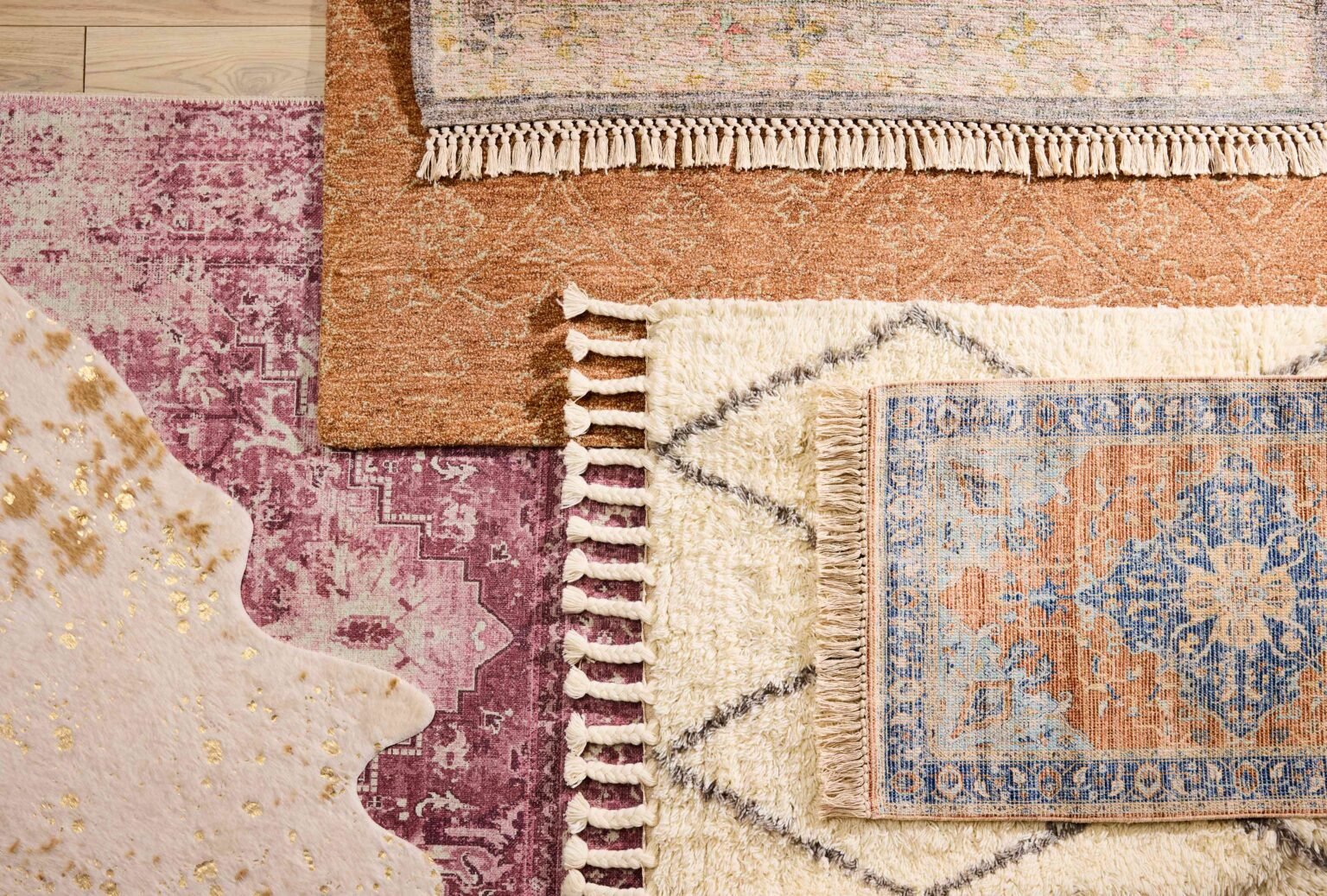The right rug can finish off a room make over perfectly. While color, pattern and size are major considerations, don’t underestimate the importance of rug material type and weave. When choosing an area rug, the textural weave you select impacts aesthetics, longevity, cost, and care requirements.
We’ve broken down the differences between common weaves to help you understand the terminology and narrow down the right types of rugs for your space.
-
01
of 10Braided

Credit: stylehomespace / Jason Donnelly
Braided rugs are made by tying strips of fabric together. This weaving process allows you to reverse the rug when one side gets dirty. Traditionally made from more casual cotton or warm wool, these rugs vary in thickness and come in a wide range of patterns and colors.
Textural and eco-friendly braided jute or sisal rugs are popular in modern homes. They’re the perfect match for coastal design, although they aren’t as durable or soft as wool types.
-
02
of 10Flatweave
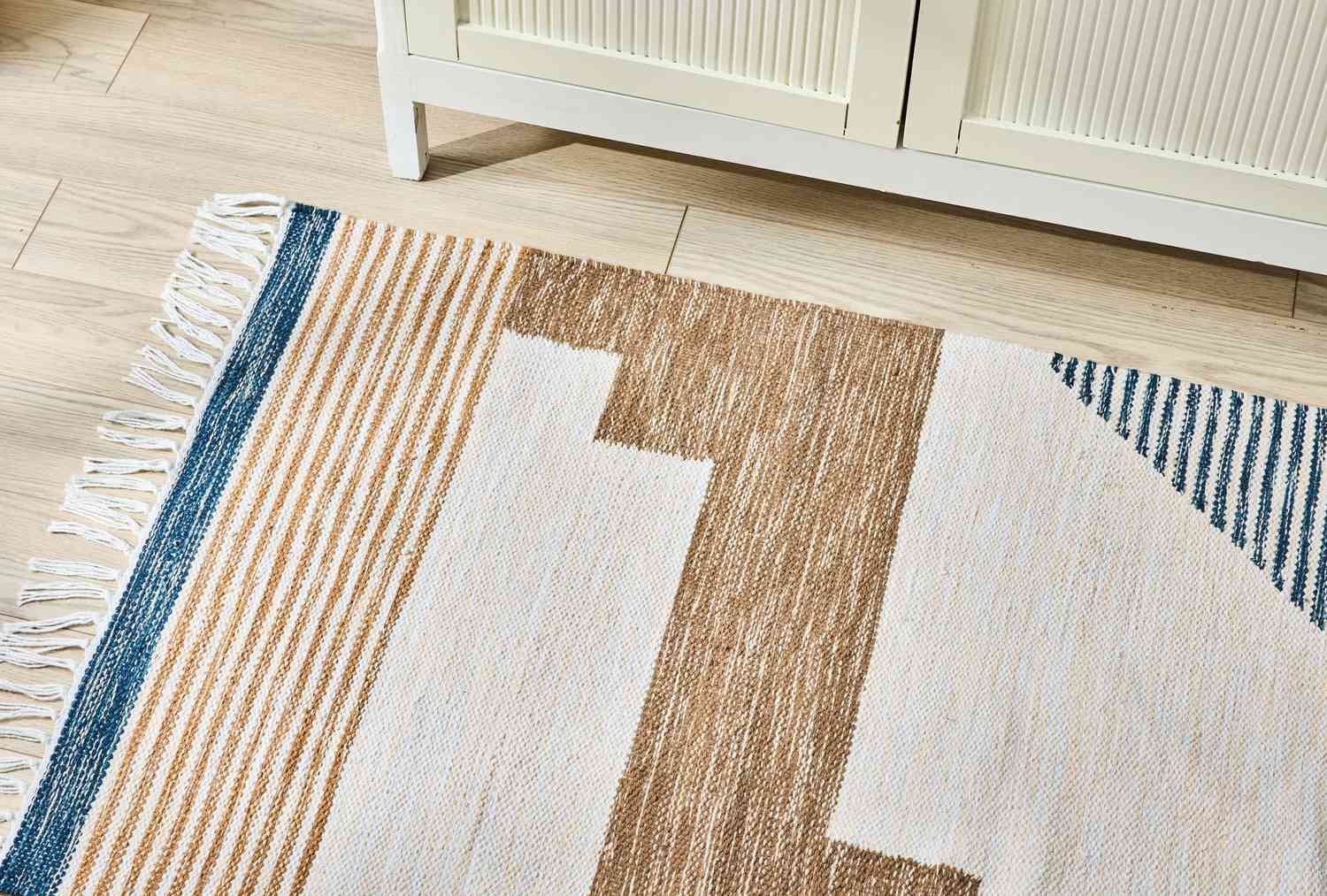
Credit: stylehomespace / Jason Donnelly
Consider a thinly woven flatweave when you’re looking for a light, low-maintenance, reversible, and elegant rug.
Their lack of pile makes flatweaves easy to move around the room and transport to a new home, and they work well for pets as dirt and hair won’t get tangled in the thick fibers. They’re a good choice for high-traffic areas, under a door, or a heavy piece of furniture because they’re thin and won’t develop marked dents.
Available in many patterns (often geometric or diagonal) and colors, flatweaves are most commonly made from durable, stain-resistant wool. Some popular types of flatweave rugs include Turkish and Iranian kilims and Indian and Pakistani dhurries.
Want more design inspiration? Sign up for our free daily newsletter for the latest decor ideas, designer tips, and more!
-
03
of 10Hand-Hooked
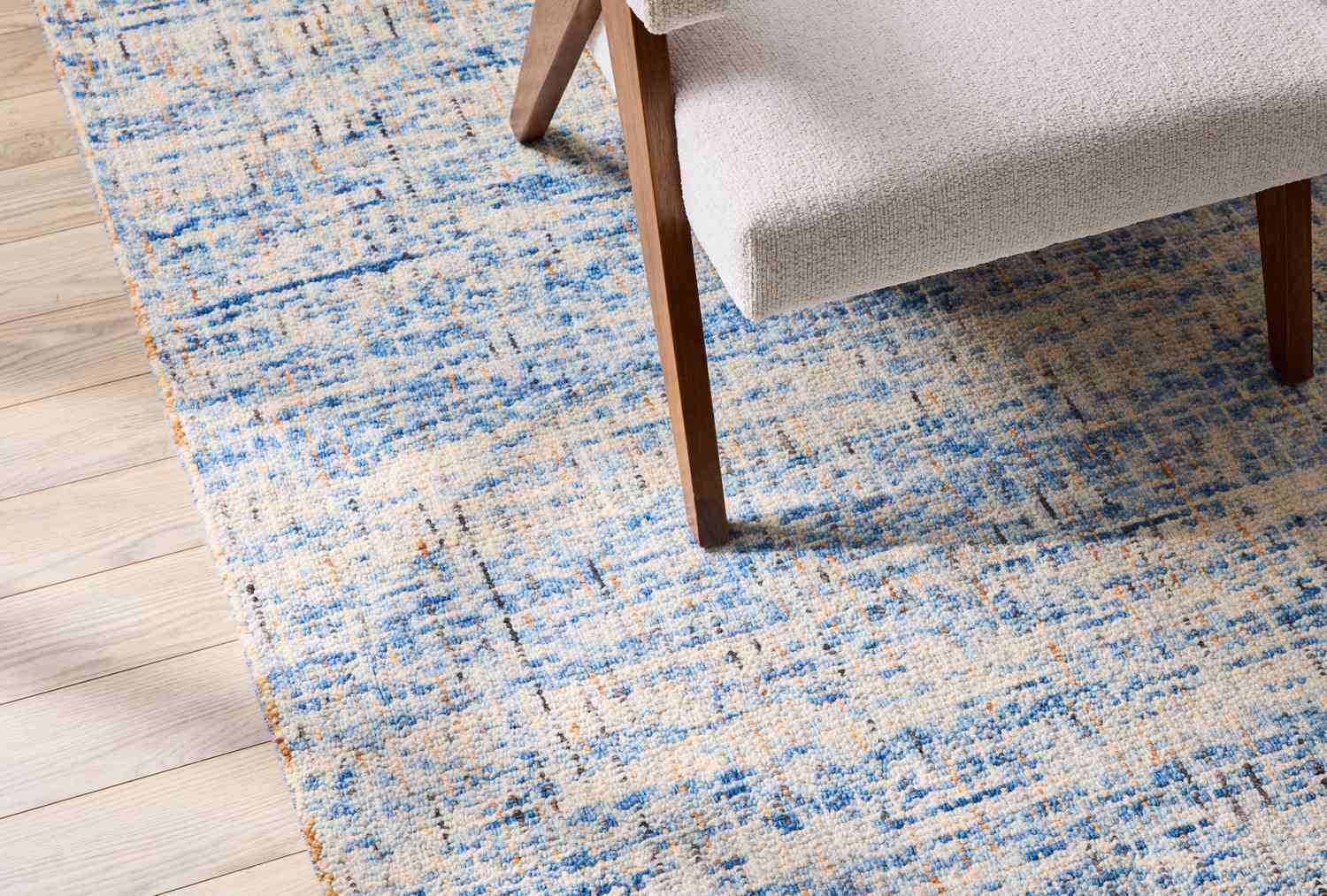
Credit: stylehomespace / Jason Donnelly
Consider a hand-hooked rug when you’re looking for a durable artisan design within budget. The simple weaving technique involves using a crochet hook-like tool to pull small loops of fiber through a canvas overlaid with a protective backing, leaving it with a soft, knobby texture.
-
04
of 10Hand-Knotted
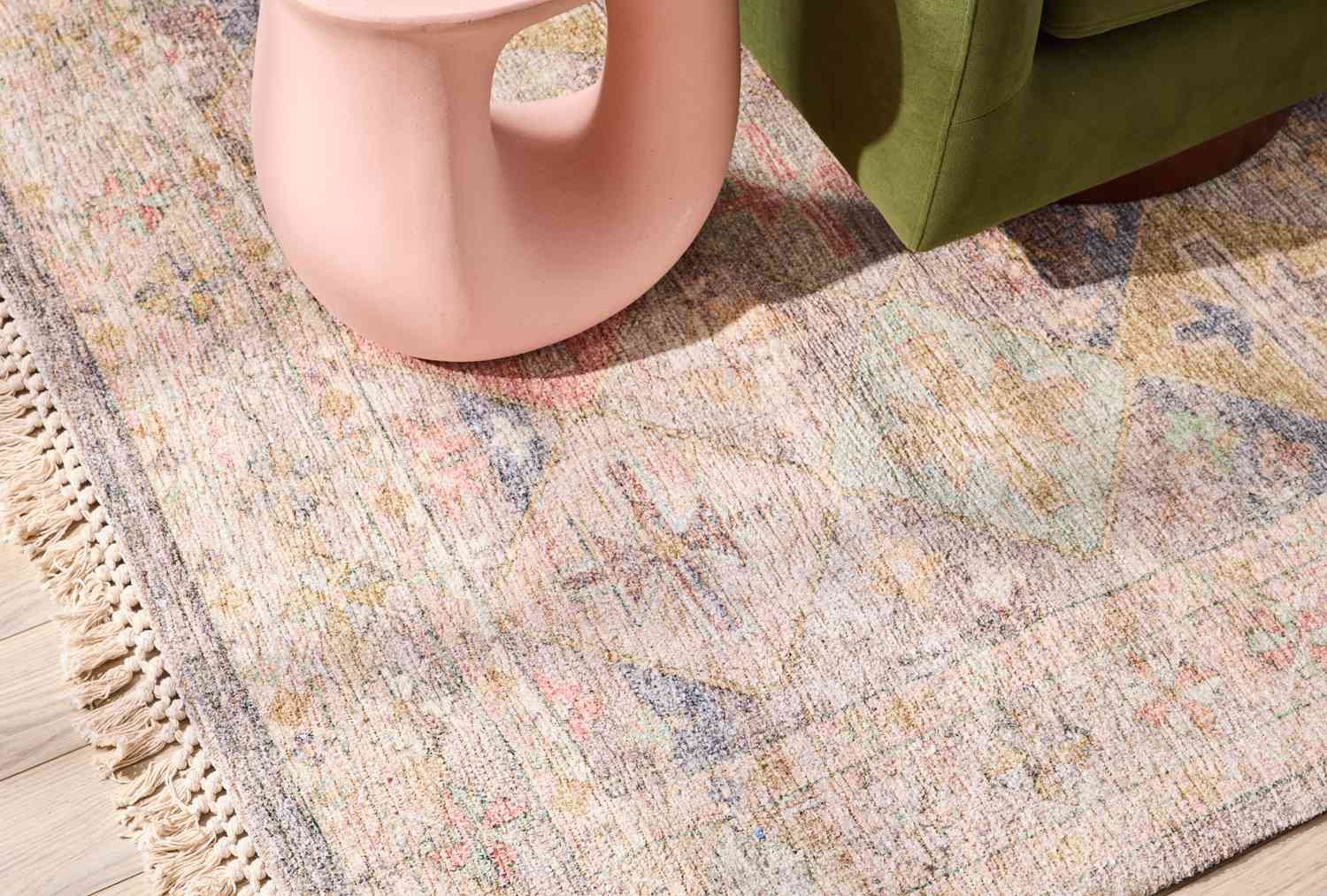
Credit: stylehomespace / Jason Donnelly
Intricately woven hand-knotted rugs represent the ultimate luxury and quality. The thousands of knots are individually inserted and tied by hand to create a detailed pattern.
Producing these floor coverings requires a high level of skill and time, and they’re often made from wool or silk, meaning they’re typically the most expensive types of rugs, but you’re guaranteed a long-lasting, one-of-a-kind design that could become a treasured family heirloom.
-
05
of 10Block Printing
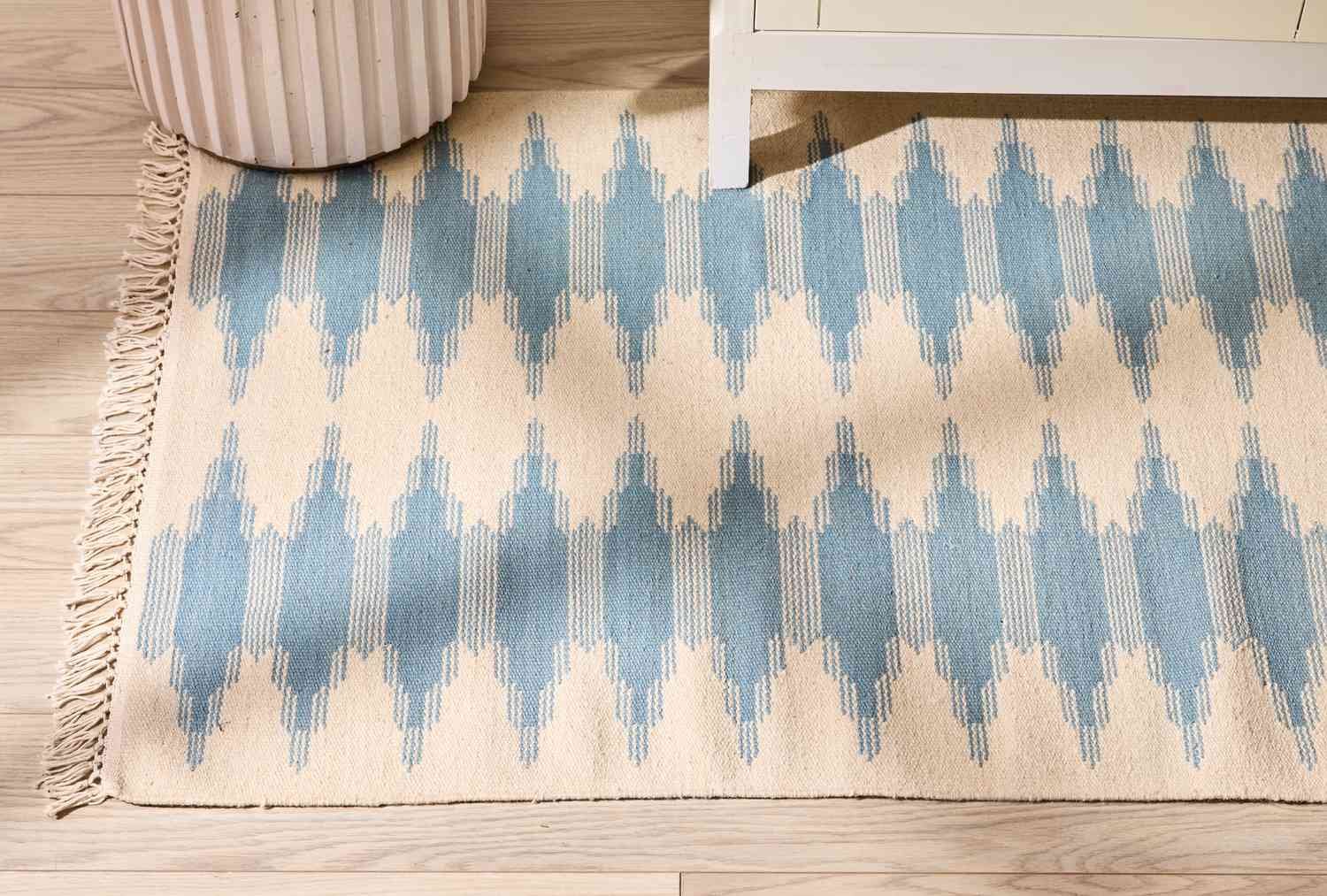
Credit: stylehomespace / Jason Donnelly
Block printing is a pattern style traditionally applied to hand-knotted rugs, but it’s often categorized separately. This centuries-old artisanal technique uses natural dyes to print the rug surface with intricate patterns fashioned on wooden templates. The rugs, which are usually made from cotton, wool, or silk, then undergo a stone-washing process to produce an antique appearance.
The time-consuming process means hand block printed rugs can be pricey, but they’re known for their durability.
-
06
of 10Hand-Loomed
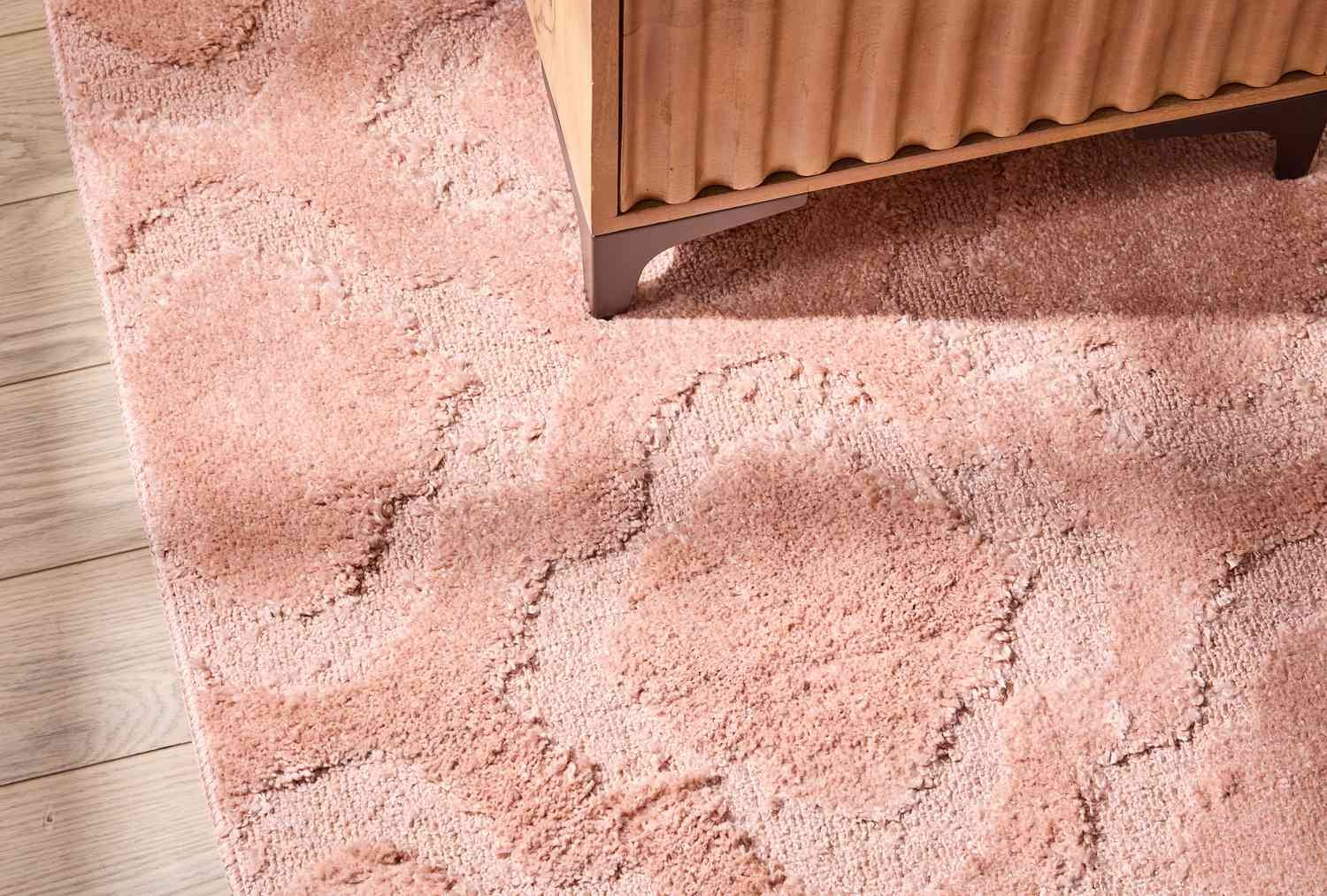
Credit: stylehomespace / Jason Donnelly
Hand-looming is another ancient rug-weaving technique; it involves operating a hand-looming device that interlaces vertical warp yarns and horizontal weft yarns. The operators weave in layers of wool or silk by hand to create an intricate pattern.
While still a skilled and time-consuming process, using the loom means rugs can be produced faster than when making hand-knotted types of rugs. Consequently, hand-loomed rugs are more affordable while still being luxuriously textural and long-lasting.
-
07
of 10Hand-Tufted
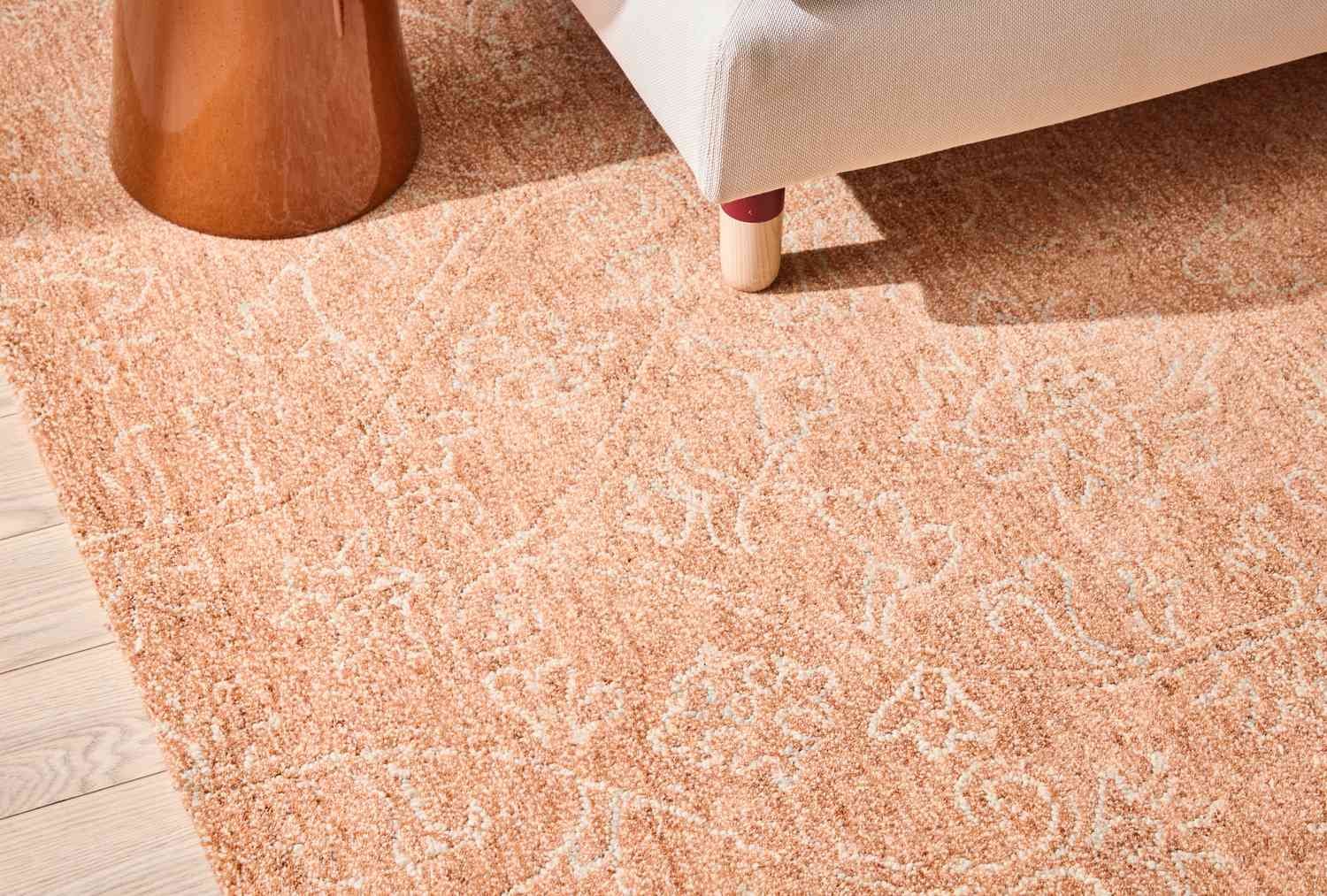
Credit: stylehomespace / Jason Donnelly
Hand-tufted rugs are another lower-cost, less labor-intensive alternative to hand-knotted rugs. These types of rugs are made by stretching a canvas over a frame, detailing a pattern, punching the wool into the design using a tufting gun, and then sealing it with a latex and canvas backing.
The detail of the design is less intricate than what’s possible on hand-knotted designs, and they won’t last quite as long, but hand-tufted rugs can still feature impressive designs that form a durable pile.
-
08
of 10Machine-Woven
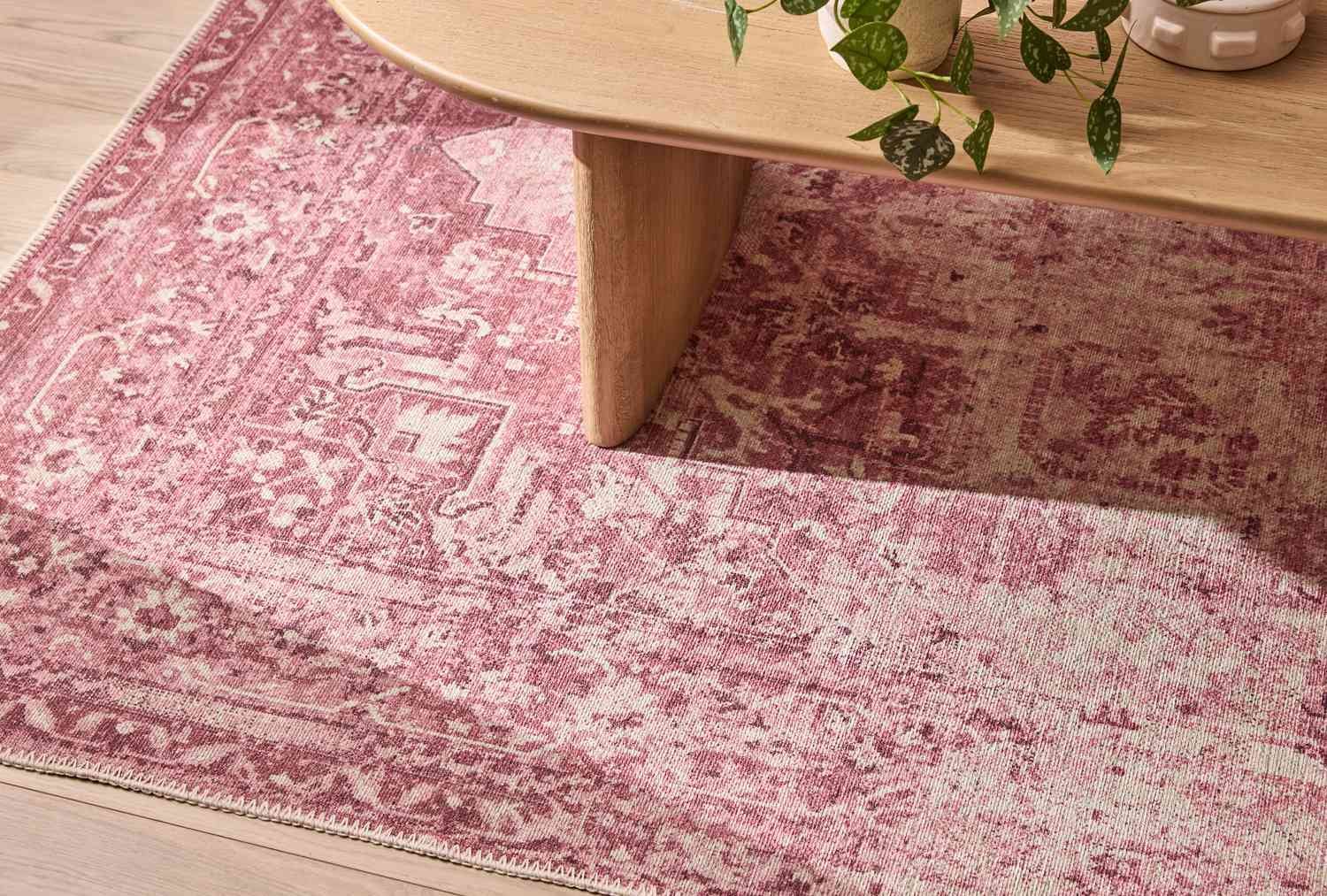
Credit: stylehomespace / Jason Donnelly
Machine-woven rugs are typically made on an electronically controlled power loom using synthetic fibers like nylon or polypropylene. Some are made with a blend of fibers, integrating wool and synthetic materials.
Machine-woven rugs are a much more affordable option and come in a wide range of colors, shapes, and patterns. Plus, cleaning an area rug that’s machine-woven with a tight weave and made from moisture-wicking synthetic material is easier than some of the traditional types.
-
09
of 10Hide
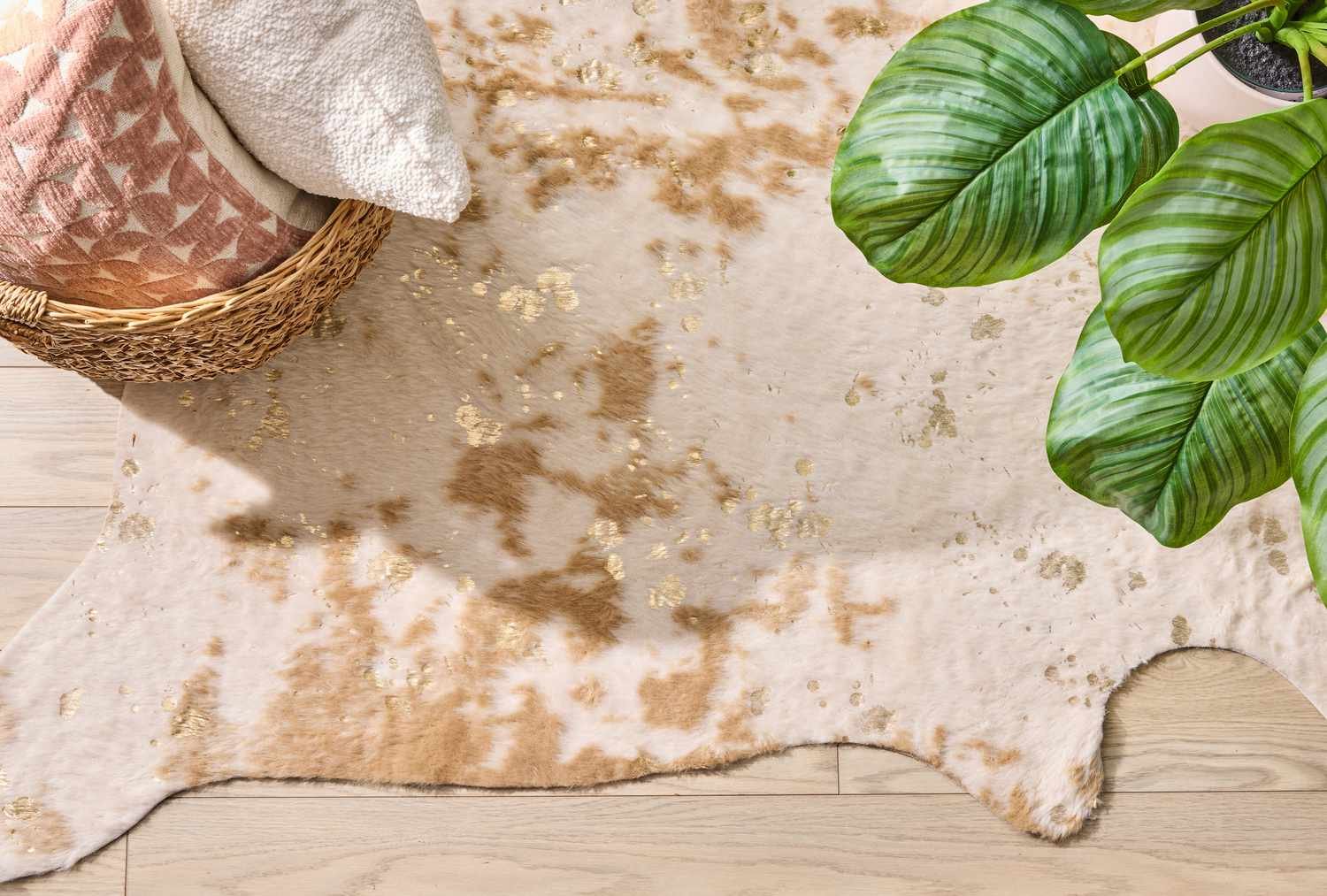
Credit: stylehomespace / Jason Donnelly
Hide rugs are made from the cured outer layer of animal skin and hair. Cowhide and sheepskin rugs are most popular, but other varieties, such as deer or goat, are also available. It’s possible to purchase ethically-sourced hide rugs, but more affordable faux hide rugs are also available if you want the aesthetic without the animal materials.
These uniquely shaped and textured rugs add a natural beauty and warmth to a room, and they’re known for their durability. Hide styles are popular options when you’re using an area rug over a carpet to add depth to a room.
-
10
of 10Shag
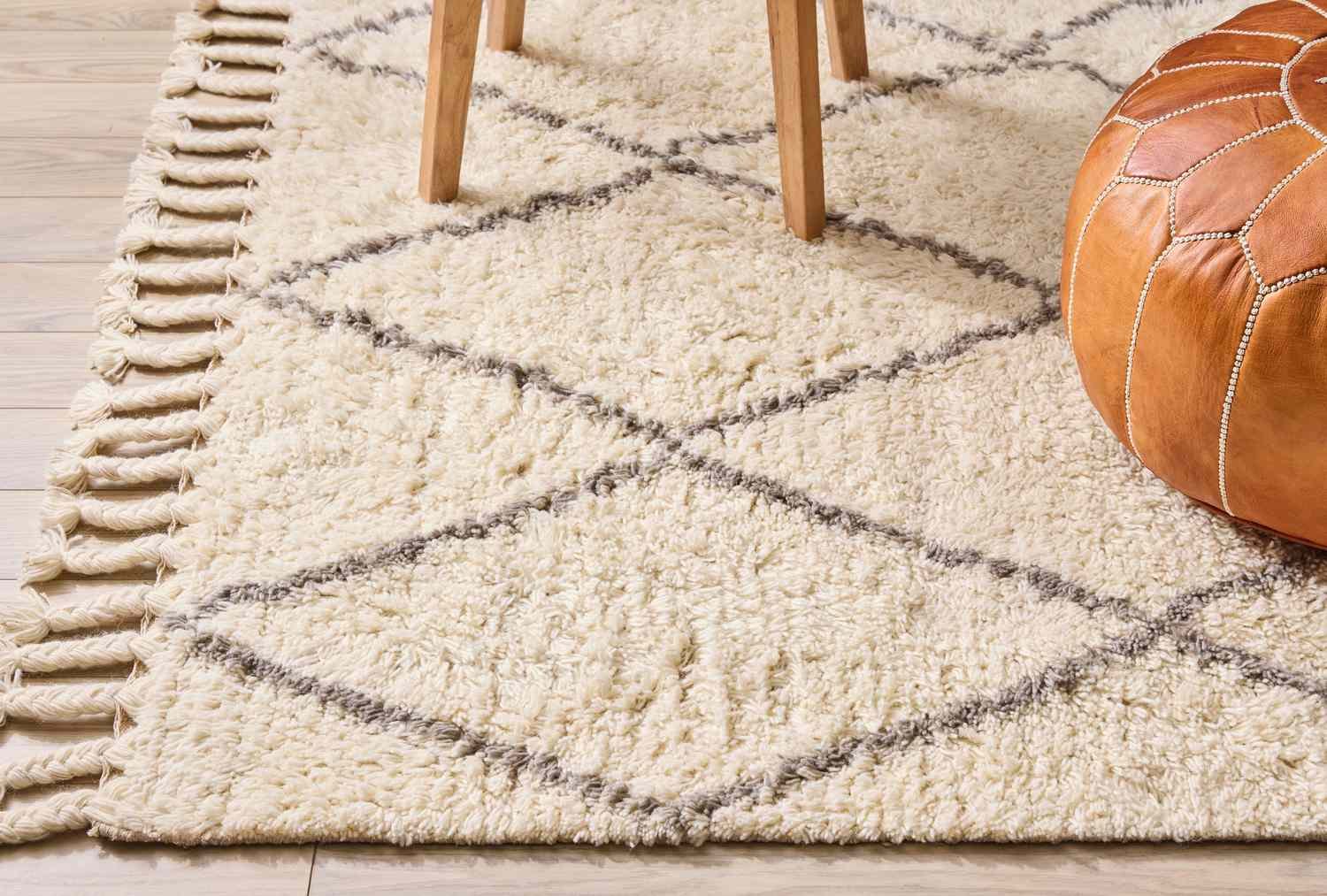
Credit: stylehomespace / Jason Donnelly
Fluffy, funky shag rugs can be hand-woven or machine-made and are made from various materials across a range of price points. They stand out from the other weaves on this list because of the loose, looped, high pile that gives them a plush texture that is comfortable and cozy underfoot.
Even the best shag rugs won’t stand up so well in high-traffic spaces because of their easy to snag long, loose pile. Plus, you’ll need to vacuum more regularly—dirt can easily become embedded in the long yarn.



